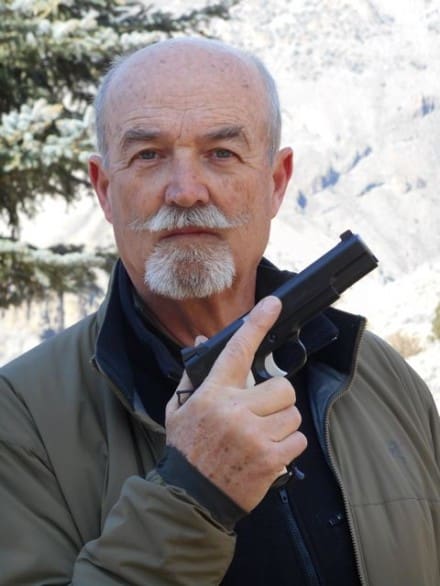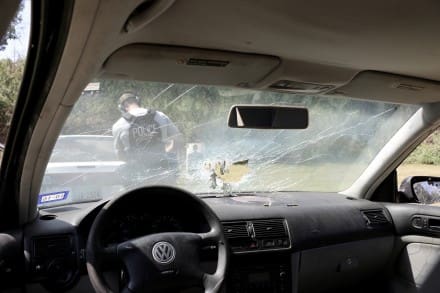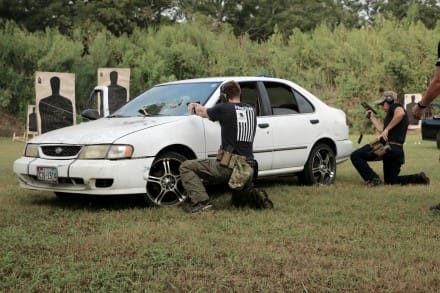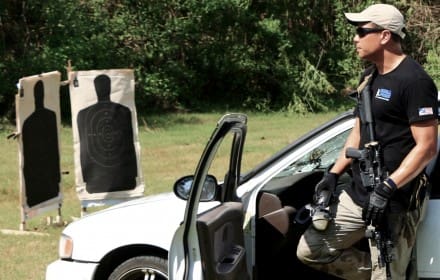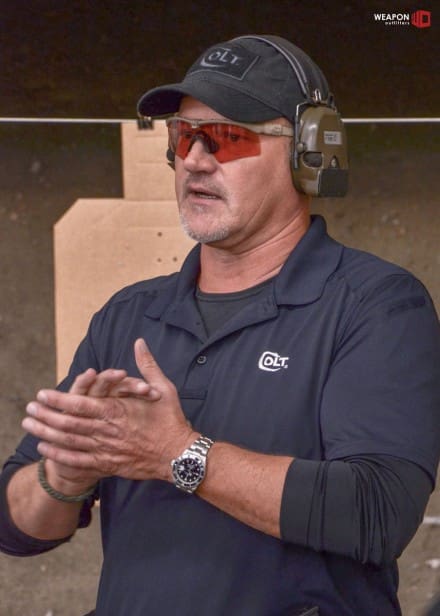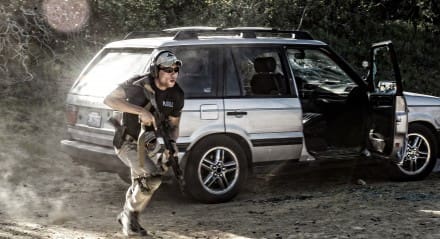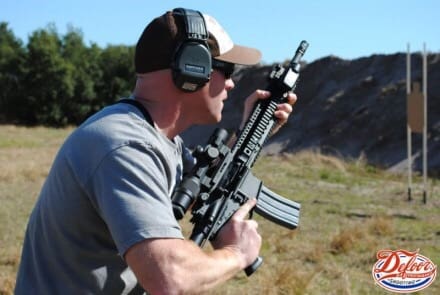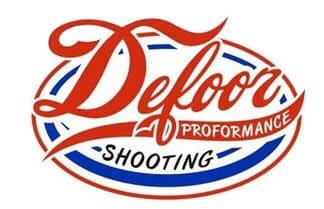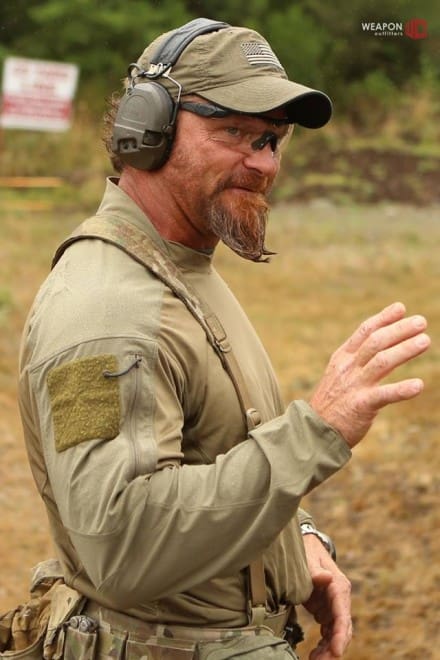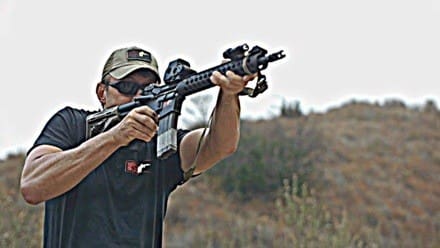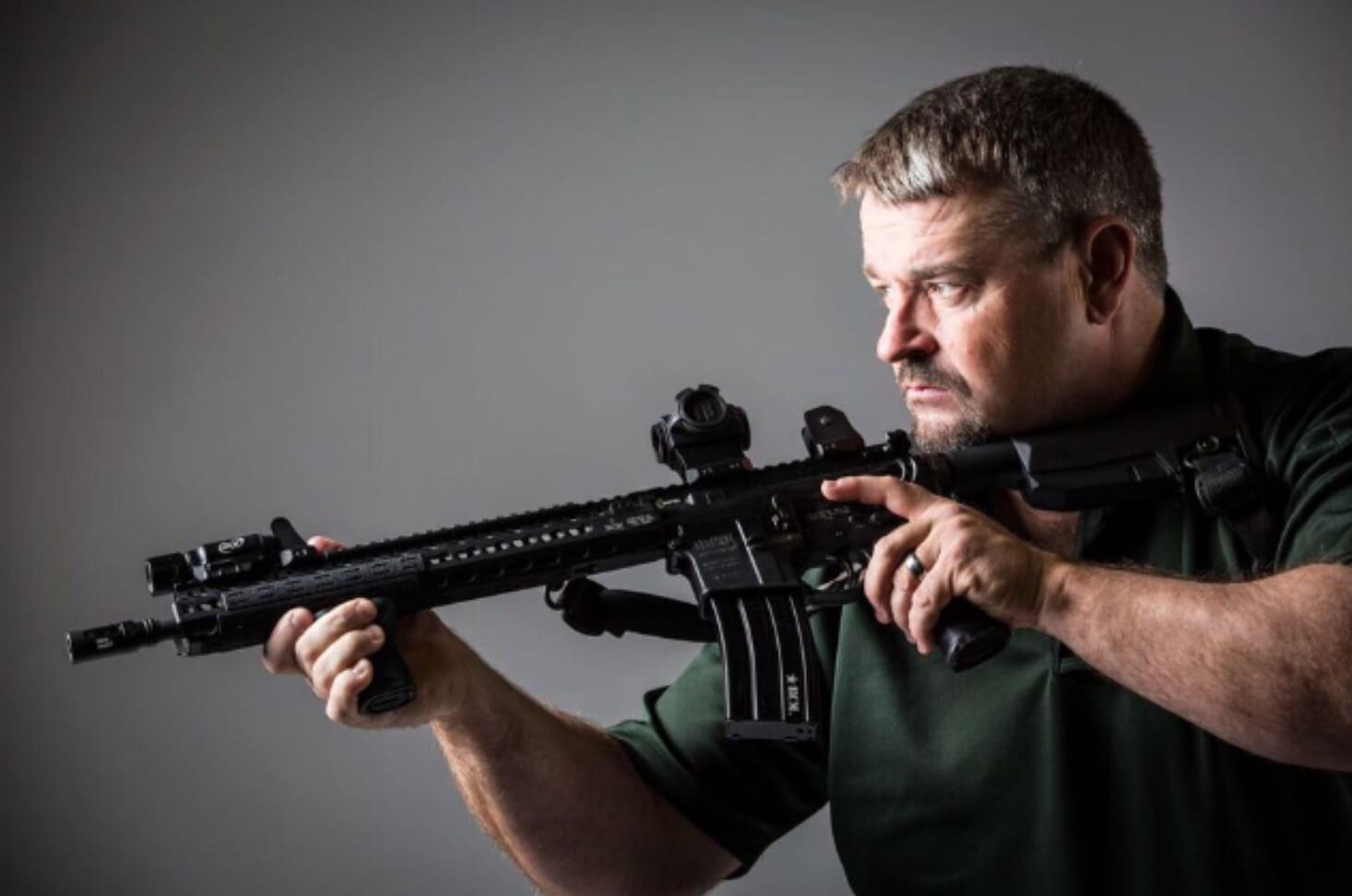Quite often the question as to whether the red dot sight or magnified scope is better for use on an AR/M4 style firearm is best comes up. The answer is really quite simple, in that you should choose the sighting system that best serves your mission requirements. Typically the M4 style of firearm in 5.56Nato is pretty much a 400 meter max range blaster. It can be used effectively at greater distance, but for the most part engaging targets successfully beyond 400 meters is not common when you are involved in any situation where all conditions are not ideal, like when the bullets are coming your way. For most folks, the AR in police and private sector markets is a 150 yard or less weapon. Even military engagements that result in successful placed hits is generally limited to 250 meters or less.
If you can clearly articulate your AR/M4 needs to 150 yards or less, the red dot sight is probably your best choice. Note that most urban use will much less than 150 yards. If your mission is likely to be in terrain or environments of 150 to 400 meters, the optic scope can provide a much wider benefit.
If your evaluation of needs reflects your needs will be in the 150 yards or less, a good quality red dot has much going for it. I recommend a Aimpoint Micro as the way to go. There are many red dot sights on the market, you can pretty much match price with quality. For general range use where the red dot is mostly for pleasure sport shooting, the less expensive versions may have merit. I have a few that fall into this need, and they provide for my needs. For anything that you may be staking your life on, don’t buy cheap; all my serious carbines have Aimpoint Micro T1, H1, or T2 red dots installed.
The fact that you can turn them on and leave then that way for 4 or 5 years is proof of their value, plus they are pretty much bomb proof. Pick a mounting interface that is rugged and reliable. My current favorite is the Scarlarworks Aimpoint Micro mount. I generally mount my Micro over the ejection port far enough forward that my breath will not fog the lens during cold weather.
For a magnified optic, I highly recommend a good 1X4 or 1X5 scope. You must have a low power setting for use at close range, CQB, or low light operations. Some folks demand a true 1 power setting, others do fine with the lowest settings at 1.25 or even 1.5. It depends on your eyes and how well you can focus quickly with both eyes open. Most of the time, your scope will be set on 1 power, or if working in more open terrain, you may click up to 2 or 3 power. One major advantage the magnified optic has over the red dot is in the area of target ID. There are often times that a target beyond 100 yards is not really clear or exposed well enough for clear identity, simply twisting the power ring up to 4 or 5 power will easily allow you to see what you need to know.
The problem with good 1×4 or 1×5 optics is how much to pay. You can spend the equivalent of a good used car, or just a few hundred bucks. I own a 1×4 S&B that has great optics, as well as some rather inexpensive varieties like Primary Arms, Weaver, and Leupold 1.5×4 1″ tube versions. The Trijicon 1×4 T24 is a great optic, and I have a few of these on various carbines. I am not so sure that the most expensive variables are worth the money for my needs. In some cases they can be grossly overpriced. Oftentimes end users choose first focal plane optics, which great for much higher magnification sniper scope use, but terrible for close range carbine applications. At 1 power on a first focal plane scope the reticle will be small and hard to see in low light or dark background environments.
Yes, illuminated reticles can fix this problem, but note that the battery life of most of these models is extremely short compared to a Aimpoint or even the ill famed EOTechs. Remember, the need for a ranging reticle on a 400 yard carbine is a real waste. You can deal with most every ranging issue you have with just hold over out to that distance, even to 400 meters, the trajectory of the 5.56 round is pretty easy to master by adjusting different aiming points. You want an simple easy to use reticle, and you DO NOT need target adjustment knobs on a carbine scope; hey get damaged easily, and move position far to easy with bumps and rubs against gear.
Pick a good rugged mount interface to your carbine. In some cases this may be a quick release throw lever design. Sadly, most of the current offerings are heavy. Everything you add to a 5.56 carbine adds weight. The last thing I want to lug around is a heavy carbine: handy means lightweight.
Consider what you want your carbine to do; what is its mission? Then, select the sighting system that meets your needs.
– Ken Hackathorn
Ken Hackathorn has served as a US Army Special Forces Small Arms Instructor, Gunsite Instructor, and NRA Police Firearms Instructor. He is currently an FBI Certified Firearms Instructor, Certified Deputy Sheriff with Washington County SO, Ohio, and a SRT member and Special Response Team trainer. Ken has trained US Military Special Operations forces, Marine FAST and SOTG units and is a contract small arms trainer to FBI SWAT and HRT.
Ken has provided training to Federal, State, and local law enforcement agencies and been active in small arms training for the past 25 years. He has written firearms related material for Guns & Ammo, Combat Handguns, Soldier Of Fortune, and currently American Handgunner and contributed to at least six other gun/shooting journals. Ken was also a founding member of IPSC and IDPA.
Gunfighter Moment is a weekly feature brought to you by Bravo Company USA. Bravo Company is home of the Gunfighters, and each week they bring us a different trainer to offer some words of wisdom.


